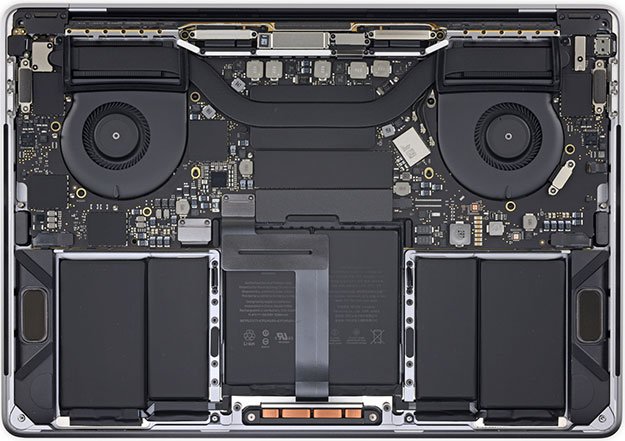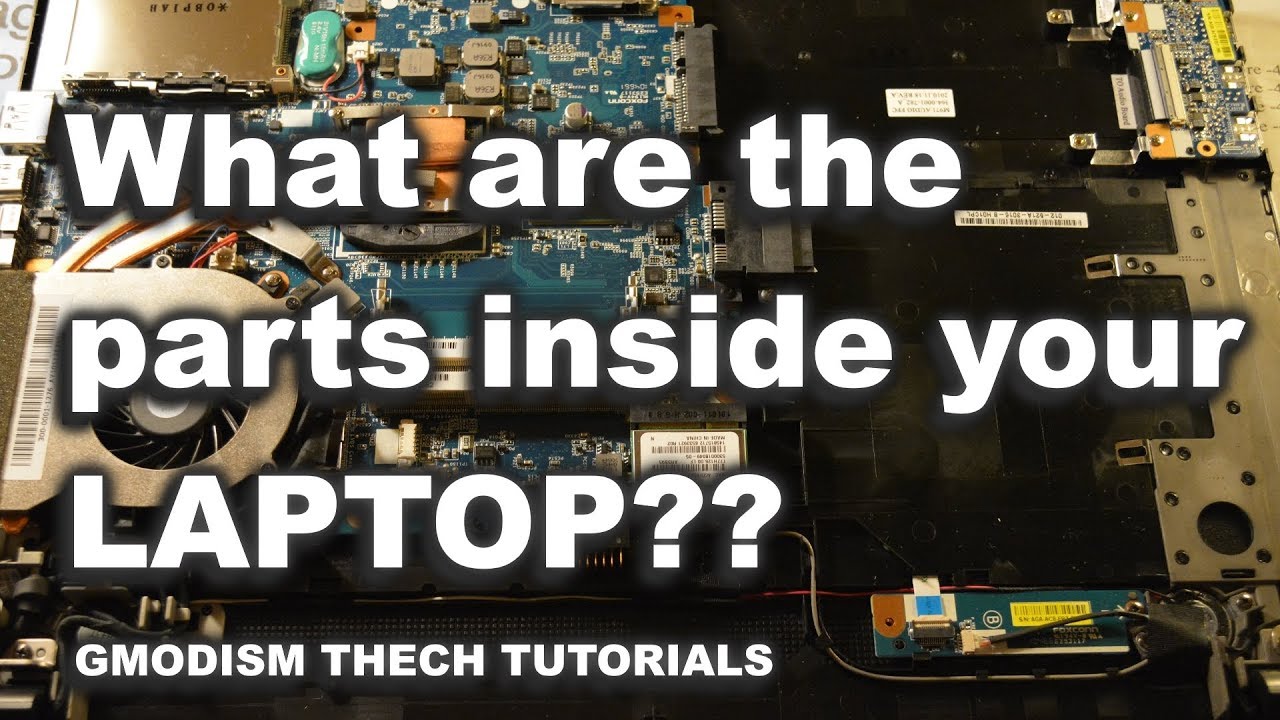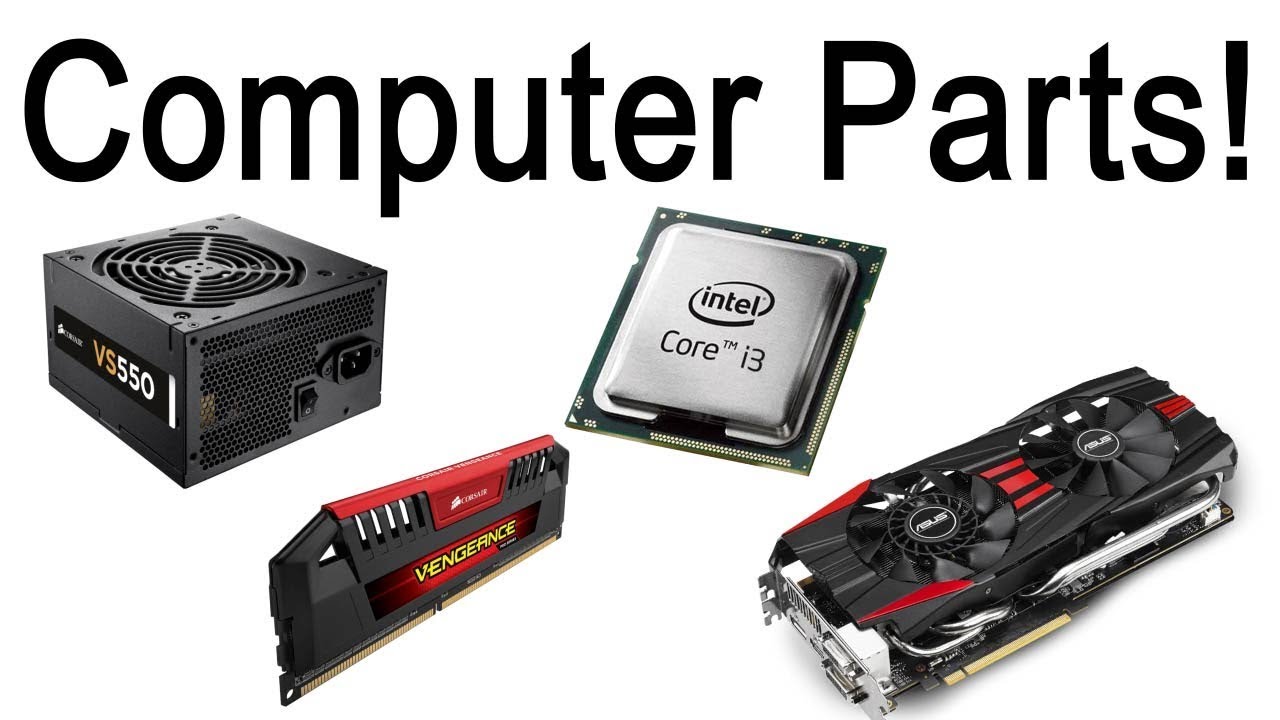1 Like
The image above shows a typical Macbook with the back panel removed: Identifying the parts, we have:
- Motherboard: The motherboard is the main printed circuit board that holds/allows for communication between crucial computer components (GPU, CPU). It also houses sub-systems like input/output ports and acts as the base of how the different systems communicate with each other.
- Battery: The pouches seen at the bottom left/right of the teardown are lithium-ion batteries.
- CPU: The Central Processing Unit is constructed from millions of transistors and acts as the “brains of the computer.” It’s a general purpose processor that allows your computer to run programs like surfing the web and online applications.
- GPU: The Graphics Processing Unit is made of more specialized cores that focus on more repetitive tasks. GPU’s are especially meant for graphics and iterative tasks like deep learning/AI.
- Memory: Memory can consist of both RAM (random access memory) and ROM (read only memory). RAM is important for faster computer operation in that it’s a short-term memory space that can be read faster. The trade off between read times and memory storage is inversely related.
- Cooling System: The cooling system of the Macbook above consists of two centrifugal blowers and a heat pipe running through the top center of the teardown. Centrifugal blowers are a special type of fan that force air out at right angles and can accommodate laptop designs. Heat pipes take advantage of phase changes (liquids absorb heat, gases release heat) to expel excess heat generation.
Here are some useful links:
iFixIt has a useful step-by-step teardown guide of a 2019 Macbook Pro


